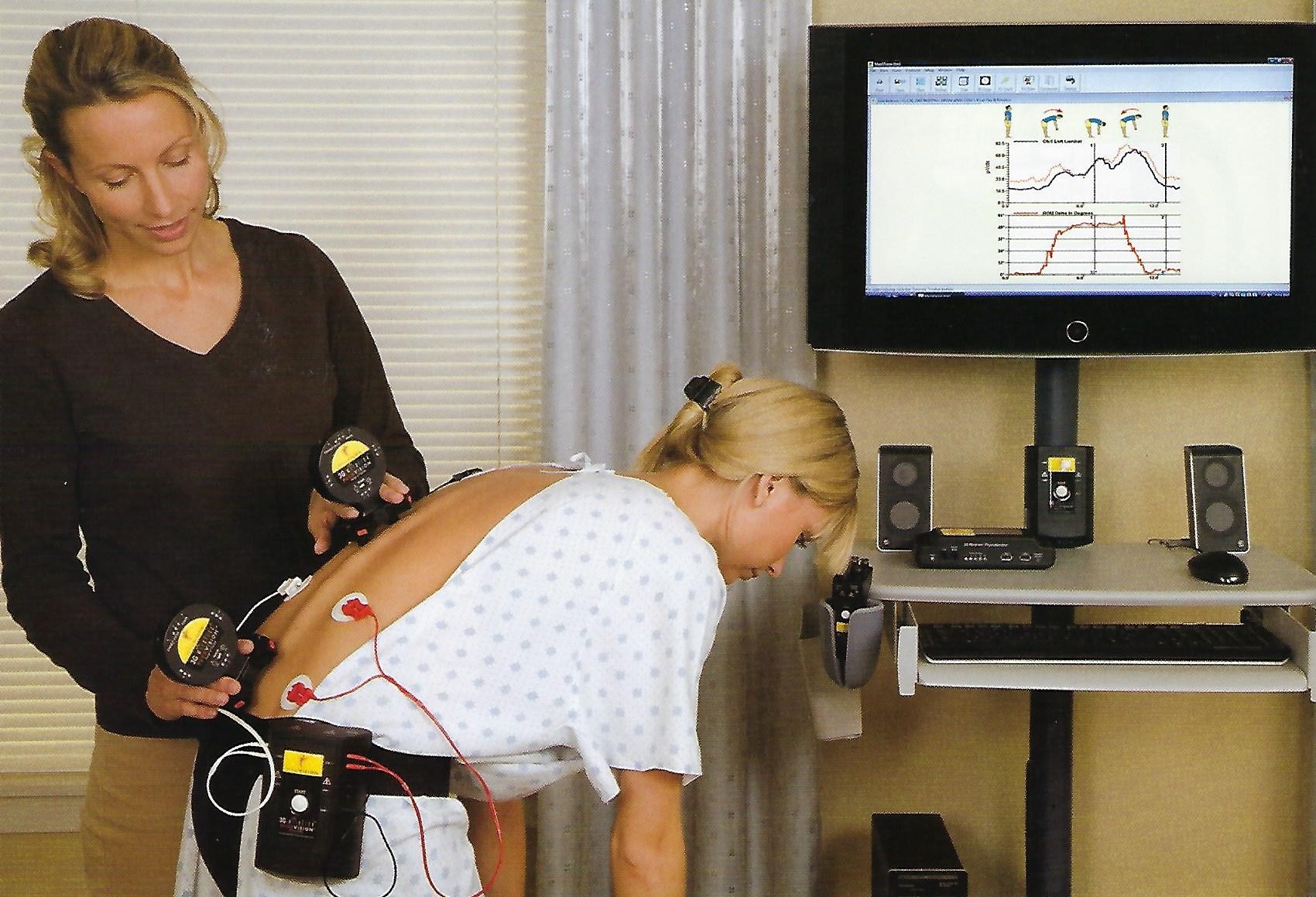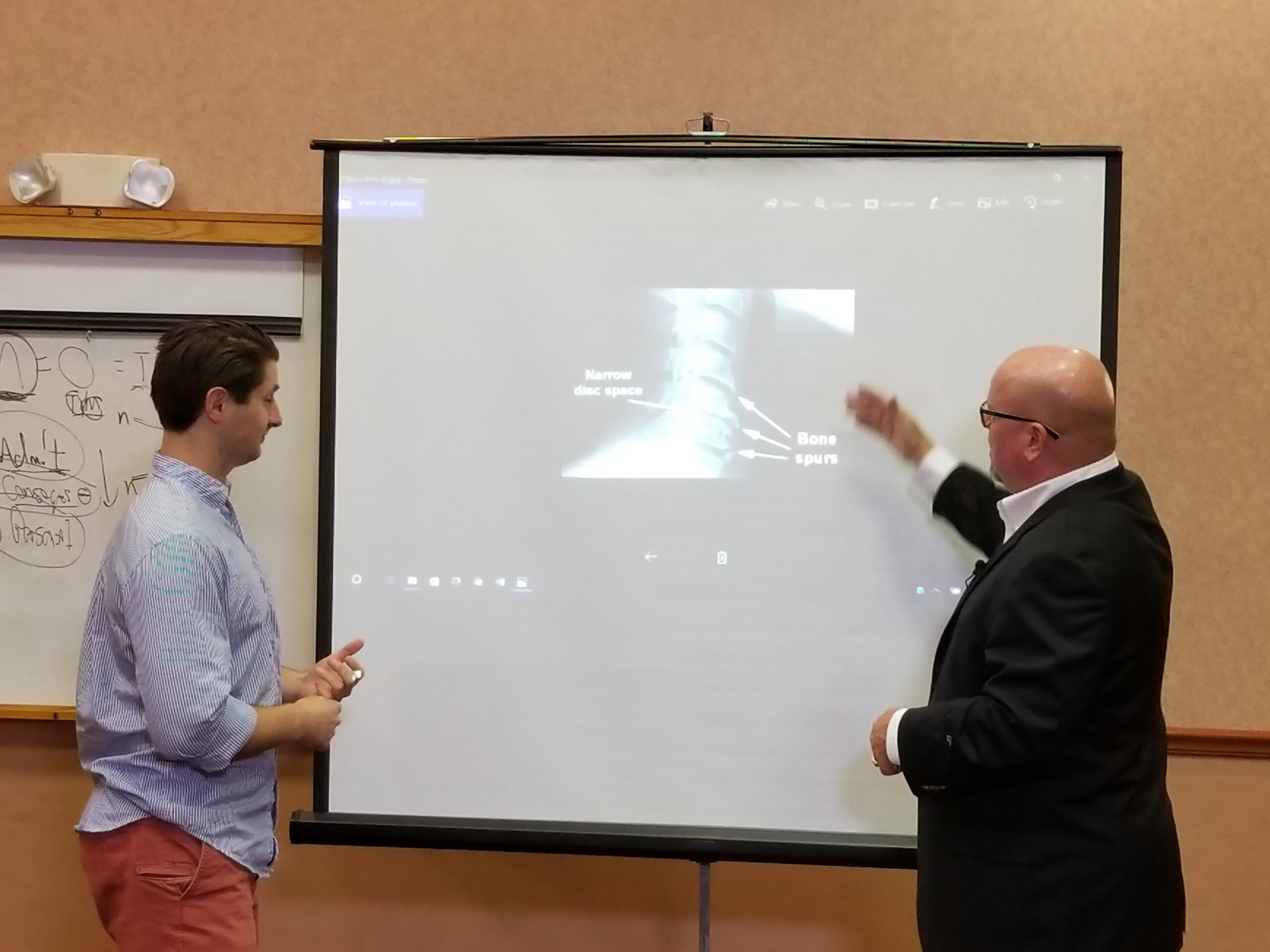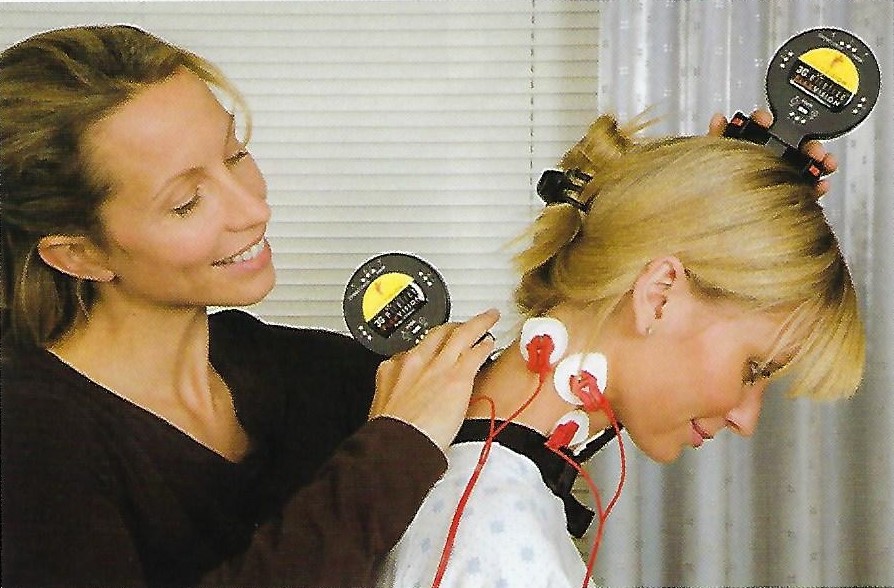
Chiropractors typically see low-impact soft tissue spinal injuries. The majority of the disc cases would typically go to the orthopedist or neurosurgeon. The nerve cases would typically go to the neurologist as well as the mild concussion. And fracture injuries typically go to the orthopedic surgeon. Because the chiropractor typically deals with low-impact soft tissue spinal injuries the examination can be very specific and focal.
The first examination category would be called sensitivity testing. Sensitivity testing would be tests that are highly sensitive for the low-impact soft tissue spinal injury. One example of a low sensitivity test would be using an EKG for neural musculoskeletal lesion. The EKG would be highly sensitive for cardiac function however it would be essentially irrelevant for the neural musculoskeletal diagnosis. Another category of diagnostics would be the relevancy category. Again because we are typically dealing with the soft tissue injury we can use highly relevant diagnostics in the examination. Highly relevant diagnostics increase the accuracy of the diagnosis.
An example of relevancy in the examination would be the application of blood test for a dislocation. The blood test would be very relevant for abnormal blood findings however it would be an inappropriate test are not relevant for the neural musculoskeletal injury. An additional category of the examination process would be to use diagnostics that are highly probable. There are thousands of tests doctors can perform on patients. However most of those test would be irrelevant not specific or sensitive. And there are many test that are not probable for the low-impact soft tissue spinal injury. A few examples would be an MRI, and EKG, or blood test. These are common tests that are performed in the emergency room. However they have very low probability of being positive for the low-impact soft tissue spinal injury.
In other words we want to specifically perform test that have a high probability of identifying the lesion but also quantifying the lesion. Within the examination process we would consider primary versus secondary diagnostics. Primary diagnostics would be specifically related to a very specific diagnosis. A secondary finding would not be specific for specific diagnosis but would support the primary diagnosis.
An example of a primary diagnostic procedure would be an MRI for a disc herniation or disc bulge. However the MRI would not be the primary test for altered spinal biomechanics.
When the injury or lesion is documented with multiple categories it increases the accuracy of the diagnosis. And so the good news about dealing primarily with low impact soft-tissue spinal injuries is we can use these five major categories which increase the effectiveness of the examination and therefore the diagnosis and therapeutic protocol. Therefore it is the physicians primary duty in the examination process to apply the tests that will give the most relevant information. And since we are dealing with the low-impact soft tissue spinal injury we can significantly narrow down the test which are directly applicable.
Our chiropractic personal injury examination includes about 30 diagnostic categories. Some of these categories of diagnostics will not be highly sensitive are highly relevant. And so they would play a supporting role in the primary diagnosis. Of the 30 diagnostic categories it's important to know which categories are highly sensitive, highly relevant, highly probable, primary versus secondary diagnostics and which category of diagnostics. When the chiropractor understands the 30 different diagnostic categories for the low-impact soft tissue spinal injury they can make a much more precise and specific diagnosis.
The greater the accuracy of applying the therapeutic protocol leads to a better outcome for the patient. And so all personal injury cases start with a thorough consultation followed by a detailed examination and necessary diagnostics. The accuracy significantly increases when we understand the 30 different diagnostic categories as they relate to the low-impact soft tissue spinal injury. As an example we recently saw a patient who went to the emergency room and all the test perform were irrelevant. The patient was not properly diagnosed in the examination process and ended up with a permanent injury. The patient had sustained a significant rear end collision injuring his neck. The emergency room did not tailor their examination to his mechanism of injury. Instead they performed the routine standard x-rays, MRI, EKG and blood test. None of these examination procedures are highly sensitive relevant are probable for his neural musculoskeletal neck injury.
#1 High Probability Tests
Tests that are more likely to be positive than not.
#2 High Relevancy Tests
Tests that are relevant to the Mechanism of injury
#3 High Sensitivity Tests
Tests which are more likely to show a positive finding if it is positive
#4 Subjective Findings
The patients perception
#5 Hybrid Testing Evidence
a combination of the patients actions or reactions and the doctors interpretation
#6 Objective Testing Evidence
Indisputable findings with every physician
#7 Medically Accepted Diagnostics
Tests which are routinely used and accepted or journal peer review accepted





Dr. Joe started with a single office seeing only 120 visits a week. Using our personal injury attorney marketing he has now opened 3 personal injury offices, 2 associated doctors and works part time.

Dr. Devin has 6 attorneys show up to his his first personal injury attorney presentation. They started referring him 12 PI patients a month which increased his collections over $500K in just 8 months.

Dr. Dave spent 15 years trying to get referrals from attorneys to no avail. After applying our personal injury attorney marketing his practice increased $500K in 12 months.

Dr. Sean started with me with 1 office and 1 associated doctor. He now owns 2 personal injury offices seeing over 700 personal injury patient visits a week.